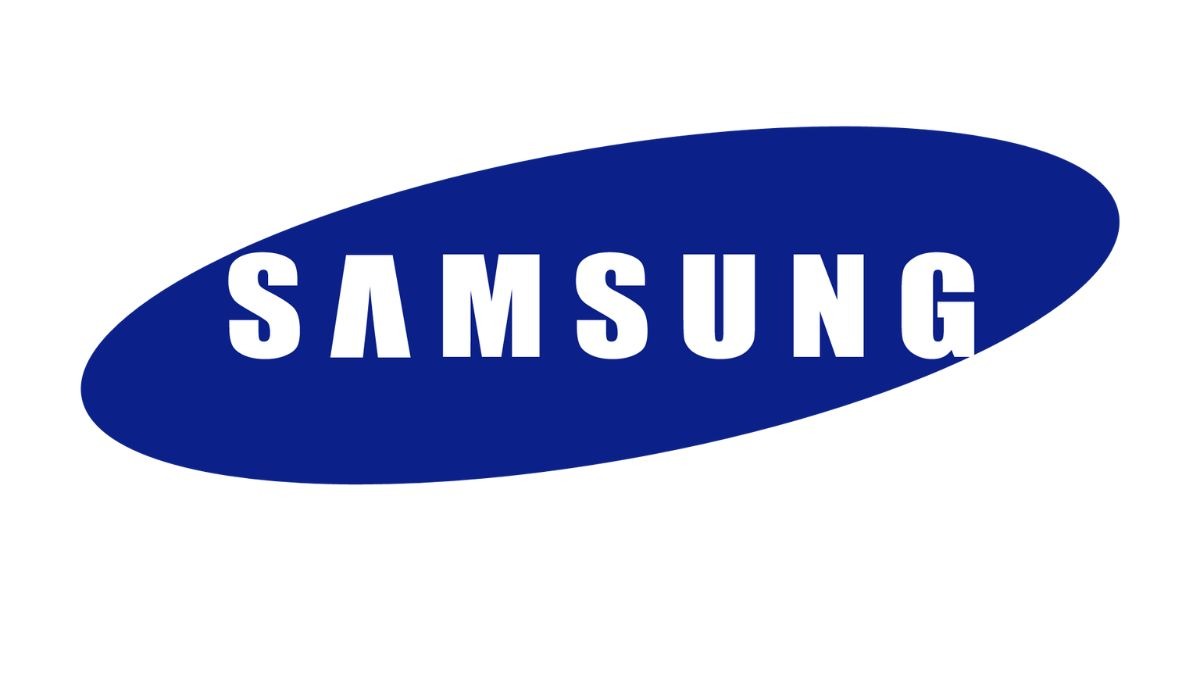
Advertisement
Samsung Electronics’ stock soared to its highest level since January 2021, reaching a peak of 86,500 Korean won ($62.73) on Friday morning, following the company’s better-than-expected profit guidance for the second quarter. The stock closed at 84,600 won on Thursday.
Key Highlights:
- Earnings Guidance: Samsung projected an operating profit of about 10.4 trillion won ($7.54 billion) for the April to June quarter, a staggering 1,452% increase from 670 billion won a year ago. This surpassed the LSEG estimate of 8.51 trillion won.
- Revenue Projections: The company anticipates revenue for the second quarter to range between 73 trillion to 75 trillion won, up from 60.01 trillion won the previous year, aligning with the 73.7 trillion won estimate by LSEG analysts.
- Memory Chips Demand: The surge in profitability is attributed to a rebound in memory chip prices, driven by strong demand for artificial intelligence technologies. Samsung, the world’s largest memory chip maker, faced record losses in 2023 due to a slump in memory chip and electronics demand post-Covid.
- Generative AI Impact: Samsung’s growth has been bolstered by demand for generative AI, which is also reflected in the features of its Galaxy S24 Ultra smartphone, designed for advanced AI-driven photo editing and online search capabilities.
- Challenges with HBM Chips: Despite the positive earnings surprise, Samsung faces delays in high-bandwidth memory (HBM) chip production, which is crucial for AI applications. The company has been trying to secure a place as a supplier for Nvidia’s AI processors, but qualification tests are still underway.
- Analyst Insights: Analysts noted that while Samsung’s current success is largely driven by high memory prices and market share, delays in HBM chip production could impact future prospects. Despite this, Samsung’s position as a leading memory chip producer allows it to benefit from increased average selling prices.
Samsung’s stock has reached new heights due to strong second-quarter earnings driven by a surge in AI-related demand. The company’s financial performance is bolstered by high memory chip prices, although challenges remain in advanced memory production. Detailed results for the second quarter are expected later this month.
